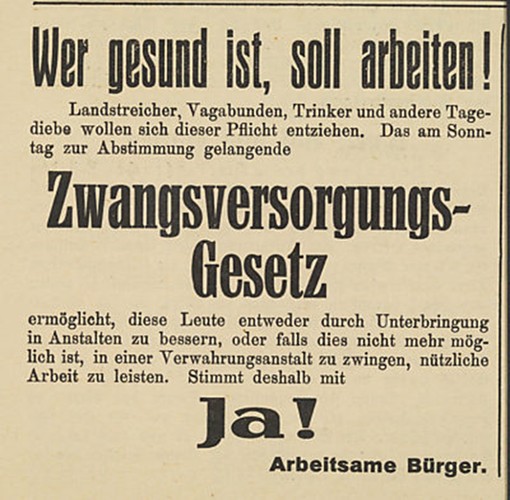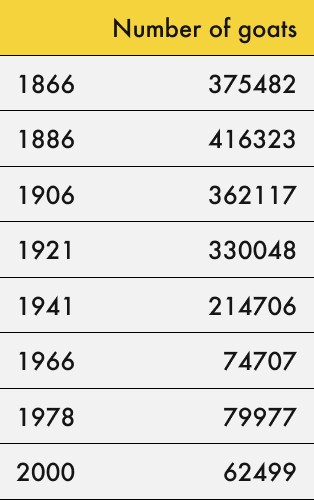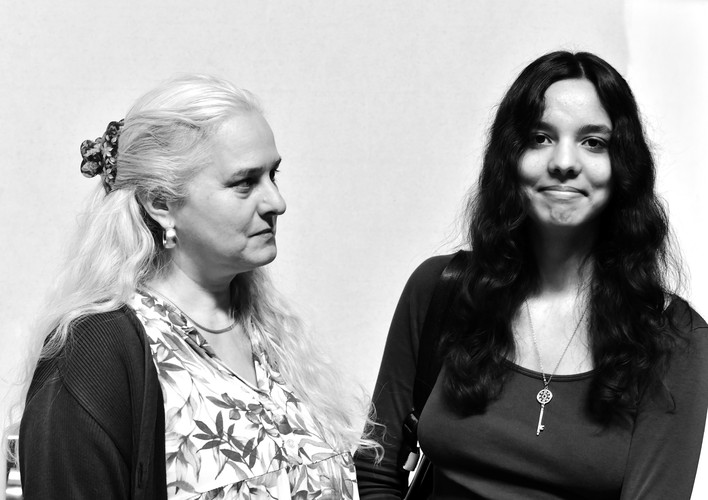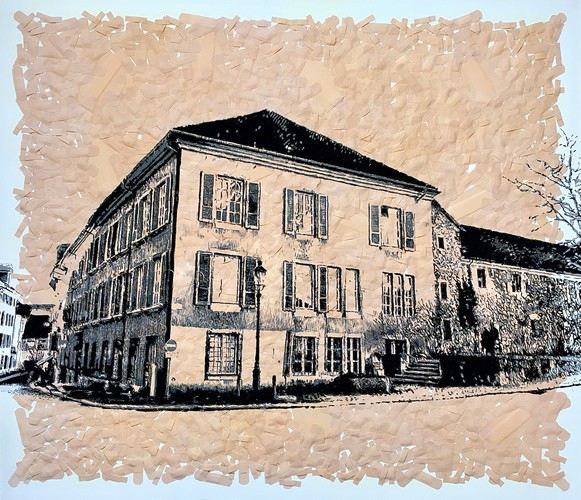Placelessness
From the point of view of the authorities, compulsory social measures and placements nearly always based on a history that permitted intervention. The reasons were manifold and the persons affected often unprepared. Their living conditions did not always improve thereafter.
Marginalized
The aim of the measures was to fight poverty and nonconformist lifestyles.
If a person or a family did not live according to the social norm or depended on support, the risk of compulsory measures increased. Placement of children and teenagers, administrative detention in “facilities”, homes, psychiatry and prisons, adoption under duress, involuntary sterilization or castration were part of the Swiss social policy. Medicines were tested on some of the affected individuals without asking for their consent. In many cases the preservation of the social order was more important than the wellbeing of individuals. ...
Backed by the Law
Many social measures were legitimated by federal and cantonal laws.

Volksblatt of the district of Bezirk Affoltern (1925)
In 1925, the electorate of Zurich – exclusively men – voted for the second time on a cantonal law on administrative detention. The act on “Detention of Juveniles, Derelicts and Habitual Drinkers” allowed administrative detention as measure for “moral education” and correctional labour. This allowed to institutionalize people from the age of 12 for up to 2 years, without them having committed a crime. The bill was controversial but adopted with a clear majority. The law was in force until 1981.
There Must be Hundreds of Thousands
Thanks to extensive statistics we know the number of real estate properties, the development of the temperatures or the exact number of goats in Switzerland. However, we will never know the exact number of those who were affected by coercive measures.

Number of goats in the canton of Grisons since1866, Farmer’s Newspaper (2006)
Reliable figures on how many persons in Switzerland were affected by compulsory social measures have never been centrally collected – a reconstruction is not possible. Estimates put the number of those directly affected in 19th and 20th century at several 100,000. Several tens of thousands are still alive today.
We Talk in this Film
Marginalized
The aim of the measures was to fight poverty and nonconformist lifestyles.
If a person or a family did not live according to the social norm or depended on support the risk of compulsory measures increased. Placement of children and teenagers, administrative detention in “facilities”, homes, psychiatry and prisons, adoption under duress, involuntary sterilization or castration were part of the Swiss social policy. Medicines were tested on some of the affected individuals without asking for consent. In many cases the preservation of the social order was more important than the wellbeing of individuals. ...
Causes and Goals of Placements in Care and Compulsory Social Measures
Placements in care and compulsory social measures were social policy instruments the authorities applied to fight poverty and its social consequences. From the early 19th century onwards the repressions of people and families in need of support intensified in Switzerland. The cantons reacted to the increase of people in need of support with new poverty police measures. They could dissolve poverty-stricken families and place children and adults as cheap labor forces on farms or in institutions.
Besides the economic motive to fight poverty, moral motives always played a role too. The interventions were instrumental in establishing and enforcing social conformity: children, teenagers and adults were placed in care because their way of life did not meet the norms and demands of bourgeoise society. During the 20th century, economic and moral motives more and more overlapped resulting in increasingly more preventive compulsory social measurements and placements orders. Different lifestyles that varied from the bourgeoise ideal became targets of the authorities. They legitimized their infringement of the personal freedom of the affected by pointing out the financial relief of the public budgets, the protection of public order or the education of those affected.
Manifold Measures ‒ and Who Was Affected by Them
Behind the compulsory social measures lies a diverse set of official practices that differed from canton to canton and evolved over time. These include forced placements in care and adoption under duress, especially of children of unmarried mothers. Adolescents and adults which the authorities considered to be “dissolute” or “indolent” were placed in labour institutions or correction facilities without a court order. In the second half of the century the authorities increasingly targeted adolescents who claimed new freedoms for themselves. In psychiatric clinics and hospitals, women were sterilized and men castrated to prevent them from having offspring. Others were abused for trials with yet unapproved drugs without their knowledge.
Several 100,000 people were affected by compulsory social measures, among them first and foremost the poor, Yenish people, addicts, unwed or divorced mothers and their children, orphans, unemployed men or rebellious youngsters. This reveals two socio-political motives: fighting poverty and establishing social conformity. From the 1970s onwards the reform efforts became visible. In the context of economic changes, the claim to ensure human and fundamental rights for the entire population resulted in a gradual decrease of the compulsory social measures. The present discussion often refers to the year 1981 as the turning point of the practice described. Experiences of those affected, however, point to partial continuities until the recent past.











